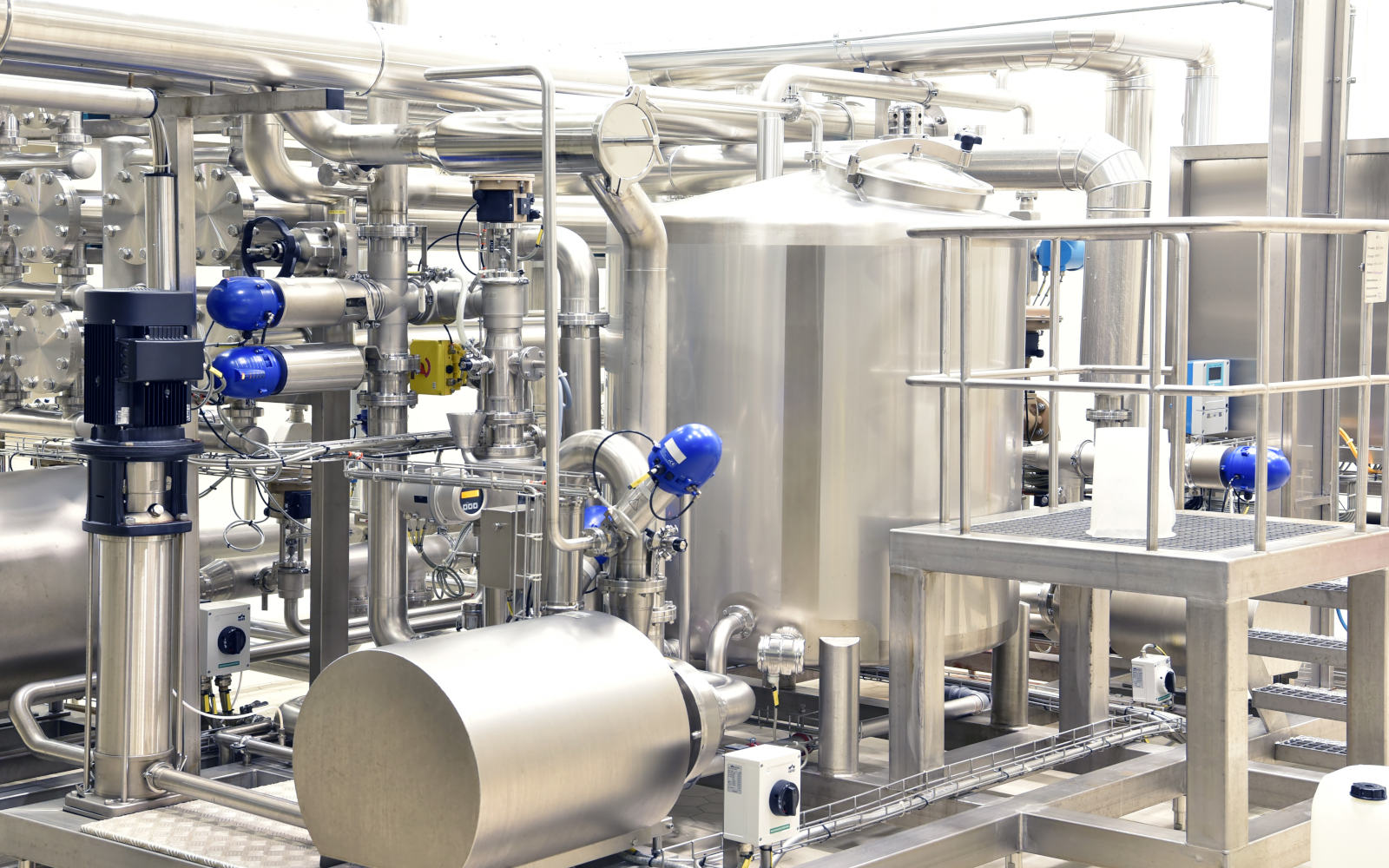Ethylene (C2H4) is a colorless gas with a sweet odor, commonly used in the chemical industry and agriculture. It is the simplest alkene and a vital building block in petrochemical production.
Ethylene is also a plant hormone that regulates growth and ripening. While it has numerous industrial applications, exposure to C2H4 can pose health risks.
This article explores the health effects of C2H4 exposure, its industrial uses, and essential safety measures.
Health Effects of Ethylene Exposure
Ethylene is generally considered to have low acute toxicity, but prolonged or high-level exposure can pose health risks, particularly in enclosed spaces where it can displace oxygen.
Acute Exposure
- Respiratory Irritation: Inhalation of C2H4 can cause mild respiratory irritation, with symptoms such as coughing, shortness of breath, and a sensation of chest tightness. Although ethylene is not highly toxic, it can displace oxygen in confined spaces, leading to asphyxiation at high concentrations.
- Central Nervous System Effects: At high levels, ethylene can act as a simple asphyxiant, causing dizziness, headache, fatigue, and in extreme cases, unconsciousness and death due to lack of oxygen.
Chronic Exposure
- Long-Term Health Effects: There is limited data on the chronic health effects of C2H4 exposure. However, prolonged exposure to high concentrations may exacerbate respiratory issues in individuals with pre-existing conditions.
- Potential Carcinogenicity: Ethylene itself is not classified as a carcinogen, but it is a precursor to ethylene oxide, a known carcinogen. Workers involved in processes that convert C2H4 to ethylene oxide should exercise caution.
Industries and Applications
Ethylene is widely used across various industries due to its role as a fundamental petrochemical. Key applications include:
- Chemical Manufacturing: C2H4 is a key raw material in producing polyethylene, one of the most widely used plastics. It is also used to produce ethylene glycol, styrene, and other chemicals.
- Agriculture: C2H4 is used as a plant hormone to regulate fruit ripening and flower wilting. It is also applied in agriculture to control the timing of fruit ripening.
- Fuel and Energy: C2H4 is sometimes used as a fuel or fuel additive, particularly in high-performance applications due to its high calorific value.
Safety Considerations and Best Practices
Given the potential risks associated with ethylene, it is essential to implement safety measures to prevent exposure and ensure a safe working environment.
Monitoring and Detection
- Gas Detection Systems: Installing ethylene gas detectors, such as the Accusafe or GasD 8000 by Interscan, is crucial for monitoring ambient C2H4 levels. These systems should be placed in areas where ethylene is stored or used and regularly maintained for accuracy.
- Ventilation: Proper ventilation systems are necessary to prevent the accumulation of C2H4 in confined spaces, reducing the risk of asphyxiation.
Personal Protective Equipment (PPE)
- Respiratory Protection: Workers should use appropriate respiratory protection in areas where C2H4 concentrations may exceed safe levels. This includes air-purifying respirators or supplied-air respirators, depending on the concentration.
- Eye and Skin Protection: Although ethylene is not typically irritating to the skin or eyes, protective goggles and clothing may be necessary in environments where other hazardous chemicals are present.
Emergency Response and Training
- Emergency Protocols: Clear emergency procedures should be established, including evacuation plans and first aid measures for asphyxiation. Gas detection alarms should be in place to alert workers of high C2H4 levels.
- Training and Education: Regular training sessions on the hazards of ethylene, proper use of PPE, and emergency response actions are critical. Workers should be aware of the symptoms of C2H4 exposure and know how to respond in an emergency.
Lesser-Known Insights and Considerations
- Flammability: Ethylene is highly flammable and can form explosive mixtures with air. Proper storage and handling procedures are essential to prevent ignition sources in areas where C2H4 is present.
- Environmental Impact: While ethylene is not considered a major environmental pollutant, its role in producing plastic and other chemicals can contribute to environmental concerns. Responsible use and waste management are necessary.
Ethylene is a versatile chemical with extensive industrial applications, but its potential health risks and flammability require careful handling and safety protocols.
Understanding the health effects of C2H4 exposure, implementing reliable detection systems, and adhering to best practices for safety are essential steps to ensure a safe working environment.
For more information on ethylene gas detection systems and to request a quote for the Accusafe or GasD 8000 by Interscan, contact us today. Ensure the safety of your workforce with advanced gas detection solutions tailored to your industry’s needs.


